In the town of Kinsale, a town born from a 6th-century monastery there lived a woman whose tragic suicide has left a lasting impression on the history of this port town. “The White Lady” they call her, for she was a bride when she died. Since then this lady has kept roaming the streets of Kinsale but mostly she walks up and down Charles Fort – named after King Charles II.
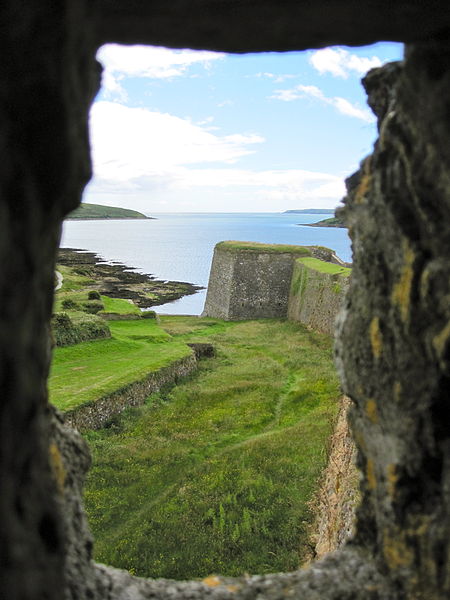
For this is where the whole love story became tragic. The fort itself, standing upon a water’s edge, on top of an even older fortification that once bore the name of Ringcurran Castle – a fort that proved its strength at the Battle of Kinsale in 1601.
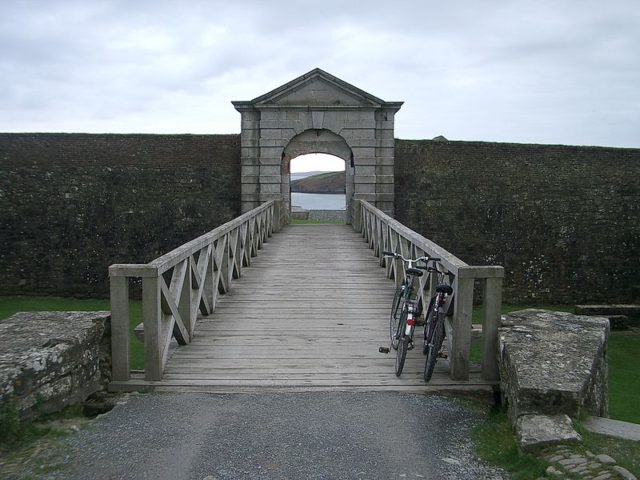
It was completely destroyed following the order of Oliver Cromwell himself so that it can never be captured again or used. Years later, an architect was hired to design a new fort that was to stand on top of the old one. His name was Sir William Robinson, the man behind the St. Michan’s Church in Dublin, Marsh’s Library, and the Royal Hospital in Kilmainham.
The construction began in 1677 and lasted for five years, coming to an end in 1682. Once completed, the fort took on the design of a “star fort” – a design that came to be once the cannon became a commonly used weapon and an essential part of the battlefield.
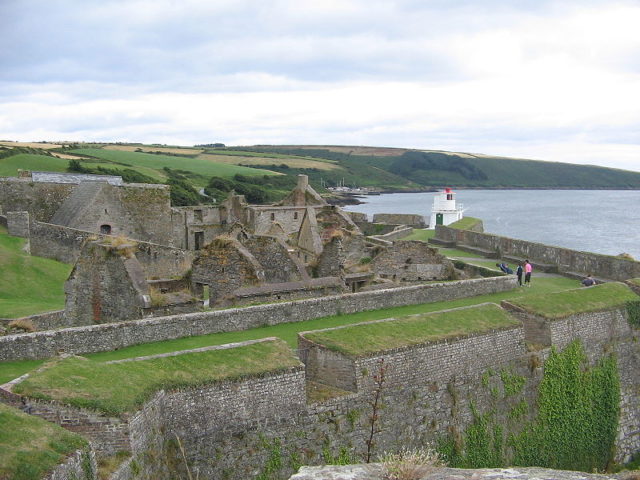
In these early days, the fort was known as the New Fort, for there was another one that went by the name of James’s Fort and given the fact that it was built three-quarters of a century prior to Charles Fort it became known as the Old Fort. Almost a decade after it was built, Charles Fort had its first major battle unfold in front of it – or all around it, truth be told, for that is when the fort’s defense fell despite the warnings of Thomas Phillips, the military engineer.
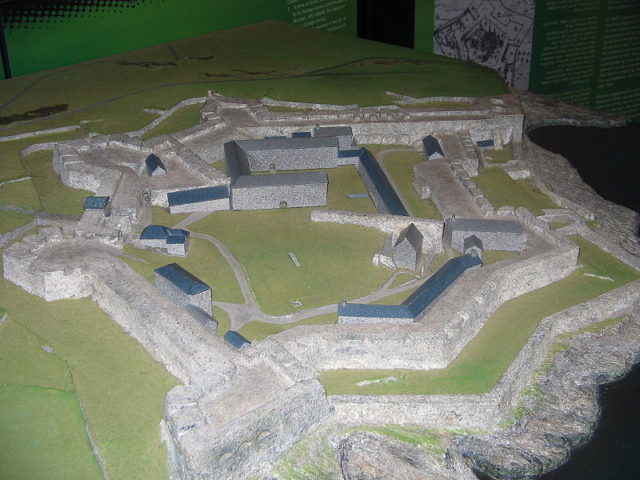
It was captured by John Churchill, 1st Duke of Marlborough, in a battle known as “Williamite War in Ireland”. The fort was defended by those who were loyal to King James but the Williamites had the higher ground, and in war terms, that means an advantage.
Cannon batteries quick rose from the ground and for five days, cannon balls poured down upon Charles Fort. After thirteen days of total siege, a wall fell. That is when everyone inside the fort surrendered.
The fort was damaged during the siege but was revamped after it. Throughout the centuries, the fort went through a couple of modifications.
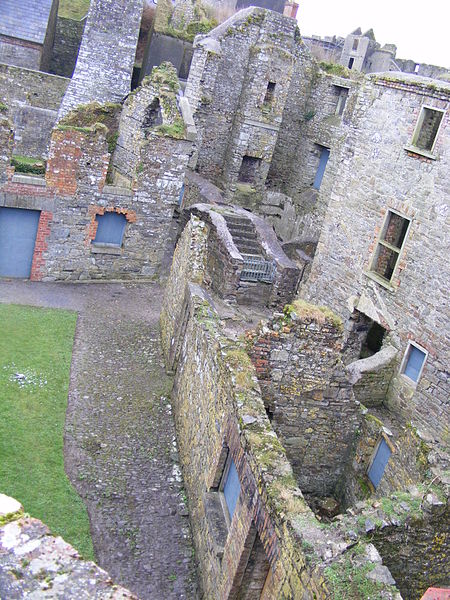
First, a lighthouse was erected by Robert Reading in the 17th century. And then in the 18th and 19th centuries, a few more defence elements were introduced. It remained in use until 1921 when the Irish Free State was born and the British garrison that was stationed at the fort left. Not long after, the fort was damaged by fire.
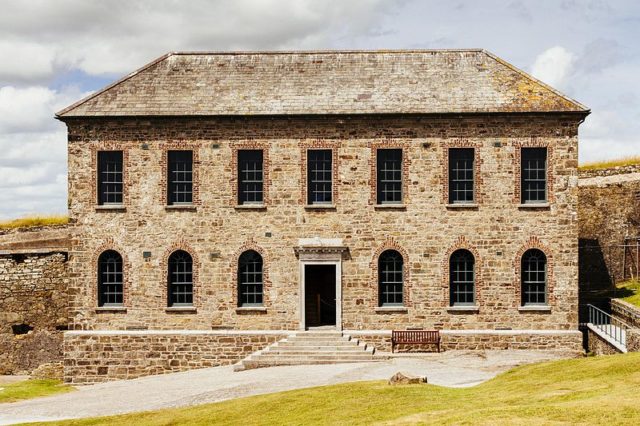
It was officially listed as a National Monument in 1973. Nowadays, the fort attracts tourists from far and wide, some of whom claim to have seen The Lady in White. The folklore sagas of Kinsale tell us about the tragic end of a love between a soldier and a young girl.
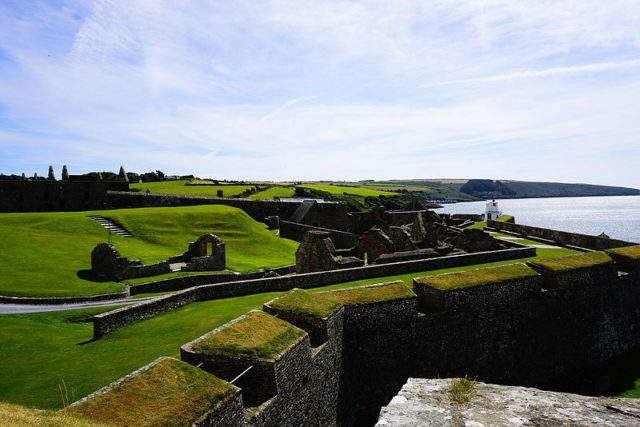
The soldier was stationed in Charles Fort, and upon marrying this local young girl, both of them went to spend their first night together in the fort. But regrettably, the soldier was on watch duty that night. Weary from both the wedding and drinking, the soldier fell asleep. The rest of the soldiers caught him in the act, the punishment for which was death.
He was shot. Once the young girl found what had happened with her husband she threw herself from the highest point of the fort’s walls and died. Since then, her ghost, dressed in white, walks and weeps for all eternity looking for her husband, who she never saw again.
